Smilodon Fatalis – The Most Famous Predator
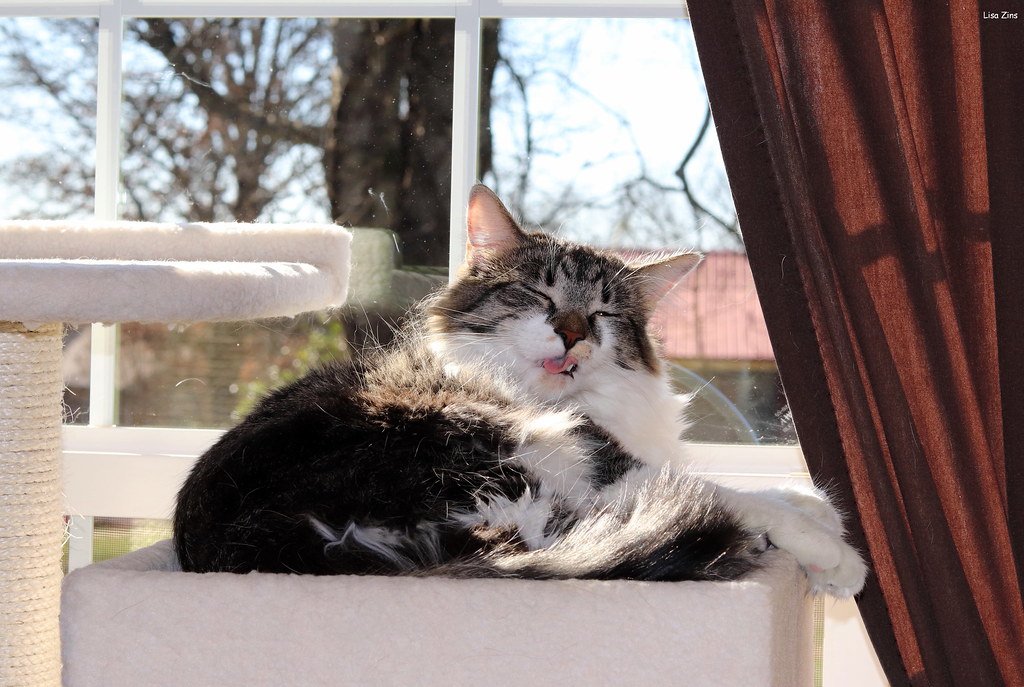
When most people think of saber-toothed cats, they’re picturing Smilodon fatalis. This apex predator roamed North America during the Pleistocene epoch, roughly 2.5 million to 10,000 years ago. Its canine teeth could grow up to 7 inches long, making it one of the most formidable hunters of its time.
What made Smilodon fatalis truly terrifying wasn’t just its size, but its hunting strategy. These cats were ambush predators that used their massive canines to deliver a single, devastating bite to the throat of their prey. They weren’t built for speed like modern cheetahs, but rather for raw power and precision strikes.
Homotherium Serum – The Scimitar Cat

While Smilodon gets all the attention, Homotherium serum was equally impressive in its own right. Known as the scimitar cat, this species had shorter, more curved canines that resembled curved swords. They lived across North America, Europe, and Asia during the same period as their famous cousin.
These cats were built differently than Smilodon, with longer legs and a more lean build. This gave them an advantage in pursuing prey across open landscapes. Recent discoveries suggest they might have been the last surviving saber-toothed cats, with some populations possibly lasting until just 28,000 years ago.
Machairodus Giganteus – The Giant of Europe
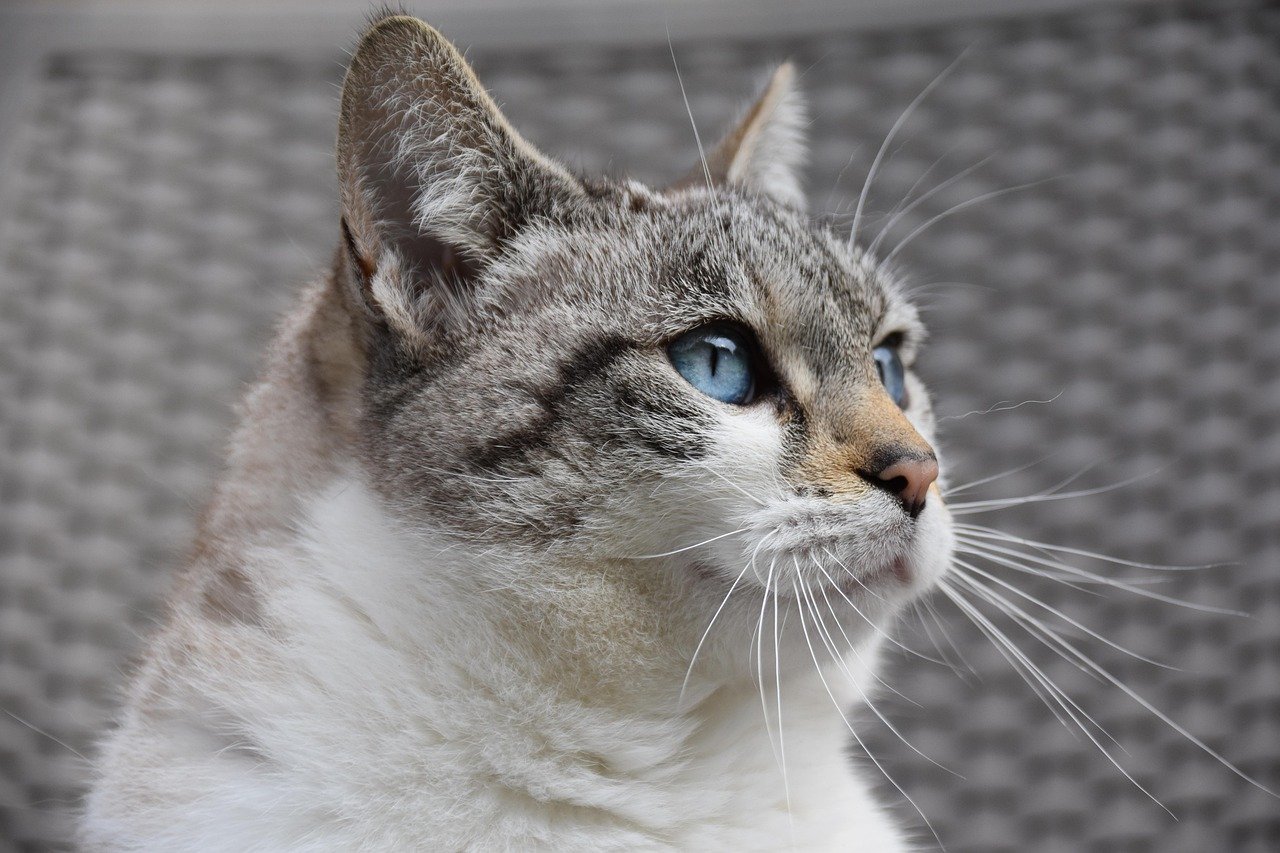
Europe had its own massive saber-toothed predator in Machairodus giganteus. This species was one of the largest cats that ever lived, potentially weighing up to 880 pounds. Their fossils have been found across Europe and parts of Asia, dating back to the late Miocene period.
What sets Machairodus apart is its sheer size and the thickness of its saber teeth. These weren’t just long – they were incredibly robust, suggesting they hunted some of the largest prey animals of their time. Think of them as the ultimate prehistoric big game hunters, capable of taking down massive elephants and rhinoceros.
Xenosmilus Hodsonae – The Cookie-Cutter Cat
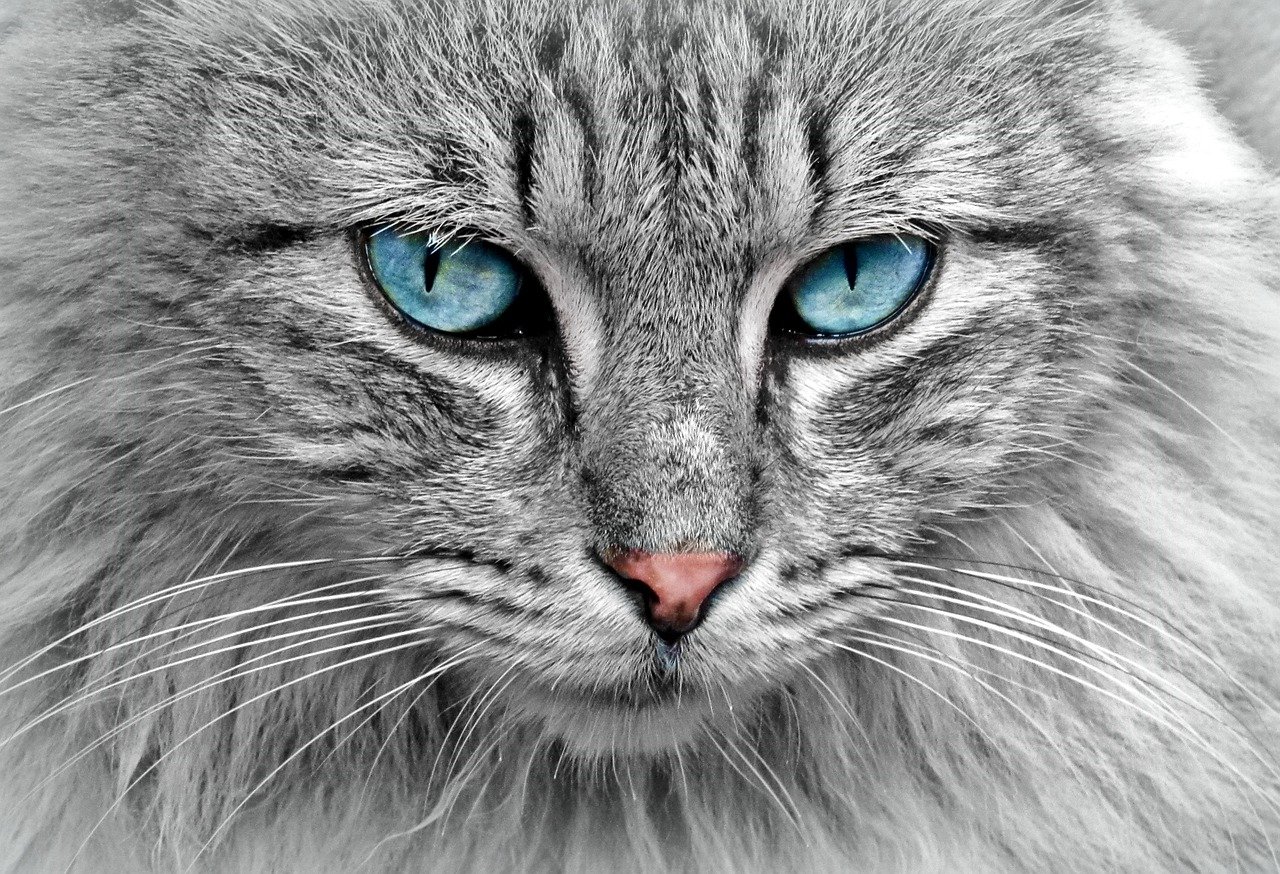
Xenosmilus hodsonae earned its nickname “cookie-cutter cat” for good reason. This Florida native had uniquely serrated canine teeth that worked like steak knives, allowing it to slice through flesh with incredible efficiency. Only discovered in 1994, this species lived around 1.8 million years ago.
What makes Xenosmilus fascinating is how different it was from other saber-toothed cats. Its teeth were designed for a different kind of killing – rather than the precision throat bite of Smilodon, Xenosmilus used its serrated fangs to cause massive bleeding in its prey. It was nature’s version of a surgical instrument.
Dinofelis Barlowi – The False Saber-Tooth
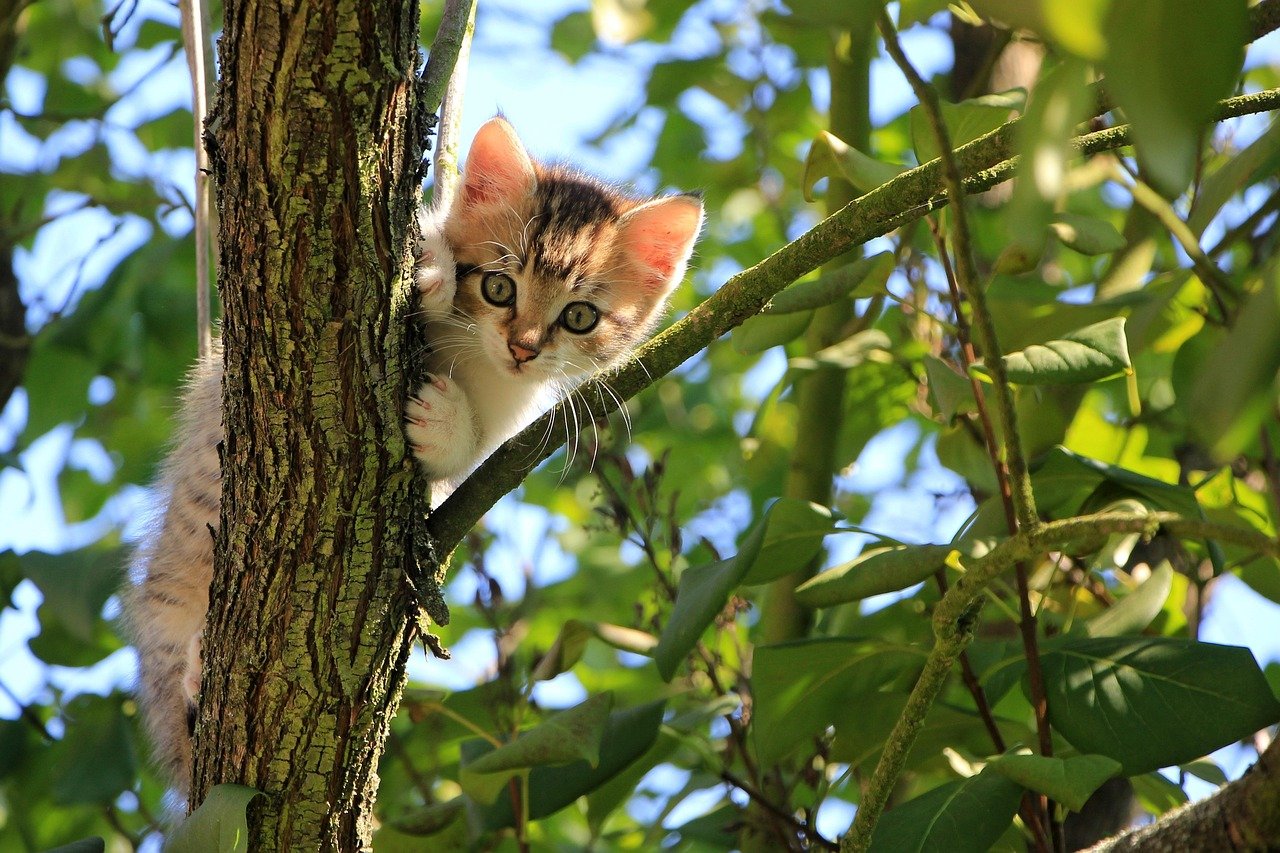
Dinofelis barlowi wasn’t technically a true saber-toothed cat, but it lived alongside them and filled a similar ecological niche. This African predator had moderately elongated canines and a powerful build that made it a formidable hunter. It existed from about 5 million to 1.2 million years ago.
What made Dinofelis unique was its adaptability. While true saber-toothed cats were specialists, Dinofelis was more of a generalist predator. This flexibility might explain why it survived longer than many of its contemporaries. Some scientists believe it may have even preyed on early human ancestors.
Megantereon Cultridens – The Dirk-Toothed Cat

Megantereon cultridens, also known as the dirk-toothed cat, was smaller than Smilodon but no less deadly. This species lived across Africa, Europe, and Asia from about 4.5 million to 500,000 years ago. Its canines were perfectly straight, resembling ancient daggers.
Despite its smaller size, Megantereon was incredibly successful. It survived much longer than most saber-toothed species and had one of the widest geographic distributions. This cat proves that in the prehistoric world, it wasn’t always about being the biggest – sometimes being the most adaptable was the key to survival.
The Shared Timeline That Changed Everything
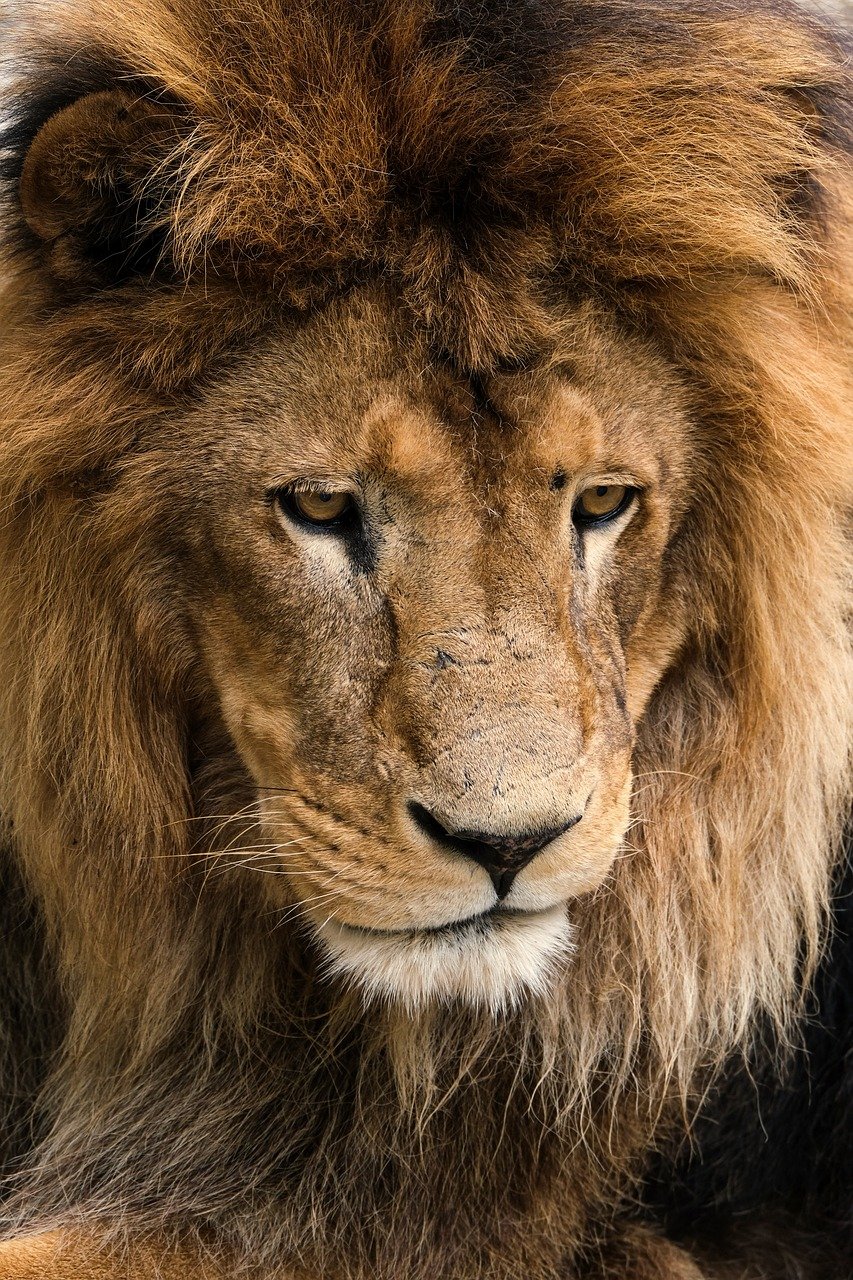
All these magnificent predators lived during overlapping periods of the Pleistocene epoch, creating one of the most dangerous times in Earth’s history for prey animals. Imagine a world where multiple species of saber-toothed cats prowled the same landscapes, each with their own hunting strategies and preferred prey.
This wasn’t just coincidence – it was the result of abundant large prey animals and favorable climate conditions. The Pleistocene was a time of megafauna, with giant ground sloths, massive bison, and woolly mammoths providing plenty of food for these apex predators.
Hunting Strategies That Defined an Era
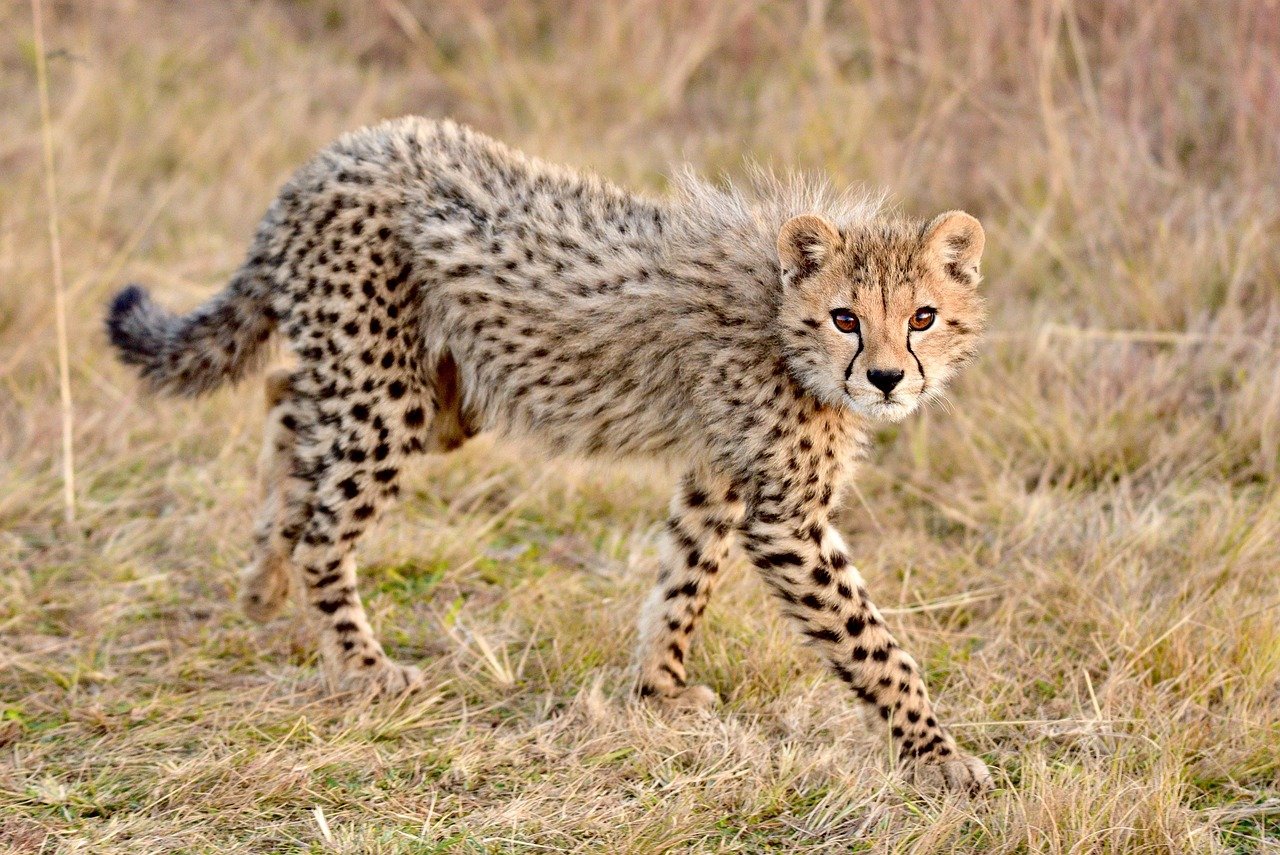
Each saber-toothed species developed unique hunting methods that allowed them to coexist without competing directly. Smilodon specialized in ambush hunting, while Homotherium was built for pursuit. Machairodus targeted the largest prey, while Xenosmilus used its serrated teeth for efficient kills.
These different approaches meant that multiple saber-toothed species could thrive in the same regions without driving each other to extinction. It was like having different specialists in the same profession – each had their own niche and expertise.
The Climate Connection

The success of these saber-toothed cats was directly tied to the climate conditions of their era. The Pleistocene featured a series of ice ages that created vast grasslands and supported huge herds of megafauna. This abundance of prey made it possible for multiple large predator species to coexist.
As the climate began to warm and human populations expanded, these conditions changed dramatically. The large prey animals that saber-toothed cats depended on started disappearing, and with them went the predators that had ruled for millions of years.
Modern Discoveries Keep Surprising Us

New fossil discoveries continue to reveal just how diverse and successful saber-toothed cats were during their heyday. Recent finds in China, South America, and North America have uncovered species we never knew existed. Each discovery adds another piece to the puzzle of how these remarkable predators lived and hunted.
Some of the most exciting recent discoveries include evidence of pack hunting behavior in certain species and new insights into their social structures. These findings challenge our assumptions about how these ancient cats lived and suggest they were far more complex than we previously imagined.
What Their Extinction Teaches Us
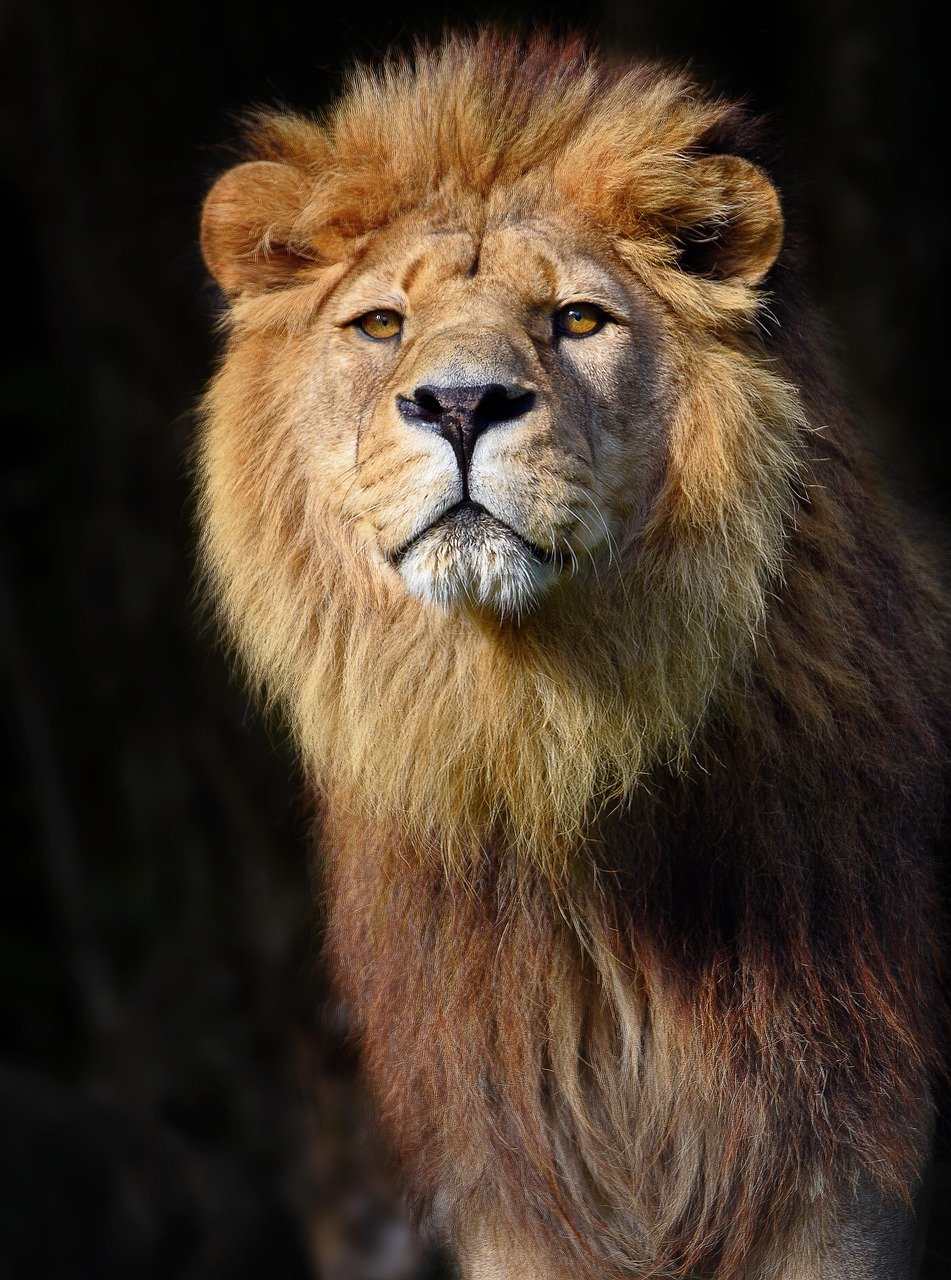
The disappearance of saber-toothed cats offers important lessons about ecosystem balance and the consequences of environmental change. These apex predators had ruled their ecosystems for millions of years, yet they couldn’t adapt quickly enough to the rapid changes at the end of the Pleistocene.
Their extinction reminds us that even the most successful species can be vulnerable to rapid environmental shifts. It’s a sobering lesson that resonates today as we face our own period of dramatic climate change and species loss.
The Legacy Lives On

While the age of saber-toothed cats is long over, their legacy continues to capture our imagination. These magnificent predators represent a time when the natural world was ruled by giants, and their fossils provide windows into ecosystems unlike anything we see today.
Modern big cats like lions and tigers are impressive, but they pale in comparison to their prehistoric relatives. The saber-toothed cats of the Pleistocene were the ultimate expression of feline evolution, perfectly adapted to their world and utterly dominant in their ecosystems.
Could you imagine encountering any of these prehistoric giants in the wild today?
Hi, I’m Bola, a passionate writer and creative strategist with a knack for crafting compelling content that educates, inspires, and connects. Over the years, I’ve honed my skills across various writing fields, including content creation, copywriting, online course development, and video scriptwriting.
When I’m not at my desk, you’ll find me exploring new ideas, reading books, or brainstorming creative ways to solve challenges. I believe that words have the power to transform, and I’m here to help you leverage that power for success.
Thanks for stopping by, Keep coming to this website to checkout new articles form me. You’d always love it!






